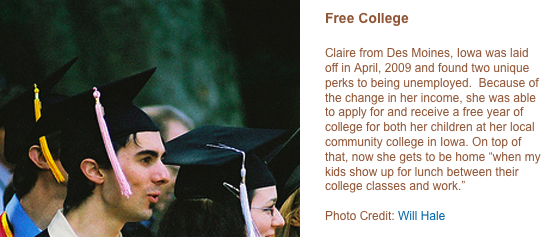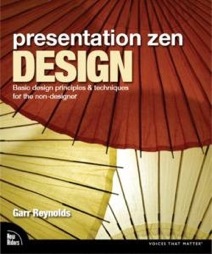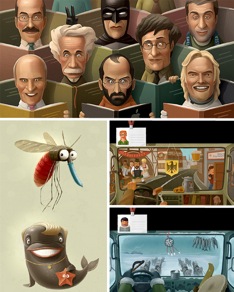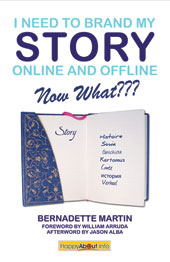Madelyn Blair and Denise Lee are planning this year’s Golden Fleece conference, with Madelyn noting the organization has received several proposals but wants more. They’ve therefore extended the date for submission to January 25.
This year’s theme is “You, Me and We: Connecting through Story.”
Golden Fleece is a superb and rich applied-storytelling conference. I wish I were attending this year, but I’ve established a pattern of attending in odd-numbered years — plus, this year’s event is very shortly after we will have made our big cross-country move. I’m glad Madelyn shared this info because at least one reader has asked me for details about the conference. I see that the conference is back at George Mason University (after several years at the National 4H Center), where it was when I first attended in 2005. The photos above are from the 2009 conference.
DETAILS OF THE RFP
The Golden Fleece is seeking proposals on “You, Me and We: Connecting through Story” for workshops and presentations on storytelling in the workplace and our teams, communities, and beyond for our upcoming one day Conference to be held:
Date and Time of the event: Saturday, April 17, 2010 from 9 to 5.
Theme: You, Me and We: Connecting through Story
Location: George Mason University, Arlington, VA, Campus
(Washington, DC area)
Workshop Proposal Submission Deadline: January 25, 2010.
Golden Fleece, in conjunction with the 2010 Storytelling in Organizations seminar of the Smithsonian Institution’s Resident Associates Program (April 16, 2010), is pleased to announce the ninth annual International Storytelling Weekend in Washington. This one-day conference offers the possibility for change leaders, executives, storytelling professionals, organizational development practitioners, students and researchers to conduct workshops, present findings, and discuss the important aspects of using story to explore all of the myriad of contemporary challenges we face today and in the future.
GOLDEN FLEECE IS CONVENING THIS DAY TO:
- Open a Forum for peer-to-peer learning about what has and hasn’t worked and to create insight into the experiences of those who use story in their work with organizations including an examination of constraints and difficulties – and how they were resolved.
- Introduce New Tools through presentations, experiential workshops, case studies and discussion in a collegial atmosphere. We will explore chosen topics in-depth and are especially interested in identifying new tools and applications with the expectation that participants will have gained enough specific knowledge to adopt/adapt these after the session.
- Promote Inclusiveness by creating an event that encourages new faces (especially students) to feel open to participate
- Strengthen Golden Fleece by enlarging our community of practice.
See proposal guidelines in the extended entry.
GUIDING PRINCIPLES AND SELECTION CRITERIA
Golden Fleece encourages practitioners to respond to this invitation in creative, innovative and provocative ways. We are particularly interested in interactive workshops, and hope to choose at least one workshop that combines a case study with experiential learning. We will place emphasis on proposals that offer new insights and open the possibility for continued dialogue on story introduced by speakers from the Smithsonian session the day before. (The main topic for the April 16, 2010, session is Radical Management. See www.stevedenning.com for details of speakers and topics.)
EVENT STRUCTURE
There will be two types of sessions
- 60 and 90 minute presentation, interactive sessions
- Plenary sessions
Please make sure that your proposal clearly states how much time will be required.
SUBMISSION AND REVIEW PROCEDURES
You are invited to submit a short 1,500 word (no more than 3 double-spaced typed pages) workshop proposal to Madelyn Blair and Denise Lee, this years Co-Chairpeople, at dlee@cox.net on or before January 25, 2010. Please place “GF Call” in the subject line of your email. Name your attached proposal file “GF Call 10 your name” (It is very important that you include your name in the file name.)
EACH SUBMISSION SHOULD INCLUDE:
- A title page (separate) with names, affiliations, phone, fax, and email of presenter(s)/author(s).
- Proposals should include a clear statement of learning objectives, a description of workshop/process and a cogent summary.
- Preferred time required for creating an effective experience for the participants.
Submissions must be RECEIVED by January 25, 2010.
SPEAKER TECHNICAL REQUIREMENTS:
- Please include in your proposal any technical requirements for your presentation.
- Speakers must provide their own computer and any software to run their presentation.
- Standard A/V provided includes LCD projector and screen if requested in your proposal.
- If you are accessing the Internet in your session, you must provide your own wireless card that will enable you to connect to a commercial broad band wireless network such as Verizon.
PRESENTATION HANDOUTS
Presenters are encouraged to provide participants with handouts supporting your presentation. Duplication of handouts will be the responsibility of the presenter.
PROGRAM ORGANIZATION
Organization of Golden Fleece’s one-day conference will be announced when proposals have been selected and include both plenary and multiple, simultaneous sessions.
PUBLICATION
Materials from sessions (as PDF files) will be posted on the Golden Fleece website. and should be sent in advance to the chairperson or made available in electronic form on the day of the conference to a member of the committee. Facilities for transferring files will be made available at a convenient location at the conference.















